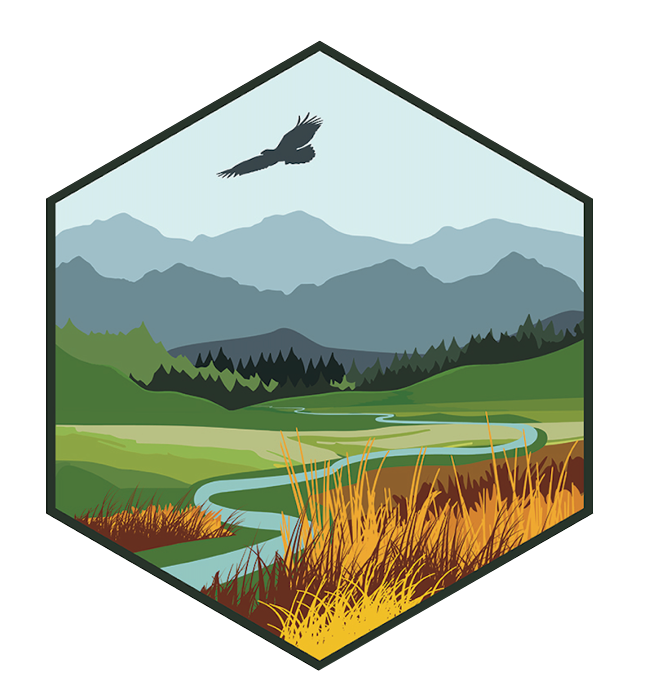Prairie Climate Companion: Woody Encroachment
Increased woody cover has led to a direct loss of grasslands and their ecosystem services - in particular, quality forage for livestock grazing.


Climate change will have different impacts on different species and groups of species of plants. Individual plant species have traits that make them more or less sensitive to shifts in temperature, precipitation and carbon dioxide.
Want to see more? Do you have feedback? Was this site helpful? Send us an email!